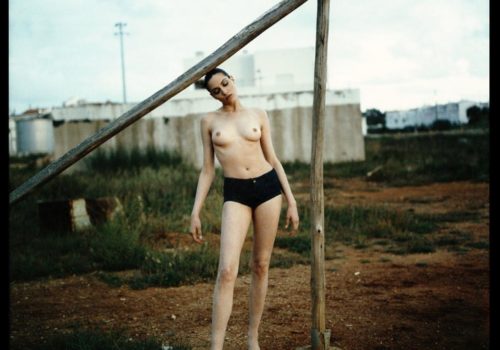Until March 15th 2014, the Galleria del Cembalo in Rome hosts the exhibition Doppio gioco. Photographs by Giovanni Gastel and Toni Thorimbert, organized in collaboration with Peliti Associati. “Doppio gioco (Double game): an adjective and a noun. If you analyze each word separately they have a very precise meaning but put together the analysis becomes less certain, almost ambiguous. At a first glance, it suggests a wilful deception or, in a broad sense, a game played by two”, Giovanna Calvenzi, curator of the exhibition, says. As a matter of fact, The key players of this exhibition are Gastel and Thorimbert, two of the most known Italian fashion photographers.
This article is reserved for subscribed members only. If you are already a member, you can log in here below.
Subscribe for full access to The Eye of Photography archives!
That’s thousands of images and articles, documenting the history of the medium of photography and its evolution during the last decade, through a unique daily journal. Explore how photography, as an art and as a social phenomenon, continue to define our experience of the world. Two offers are available.
Subscribe either monthly for 8 euros (€) or annually for 79 euros (€) (2 months offered).
















